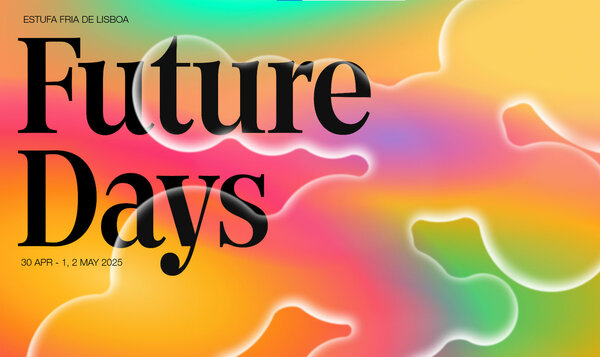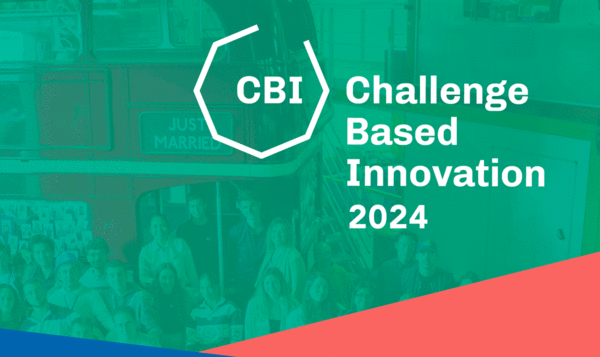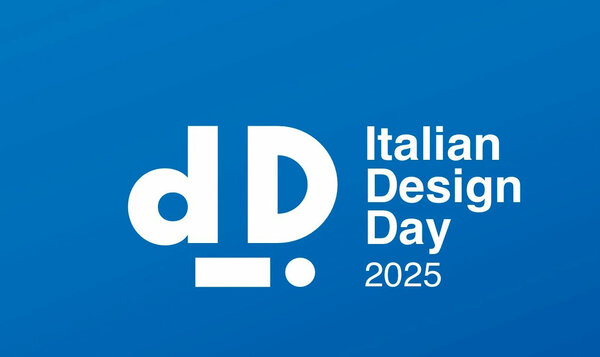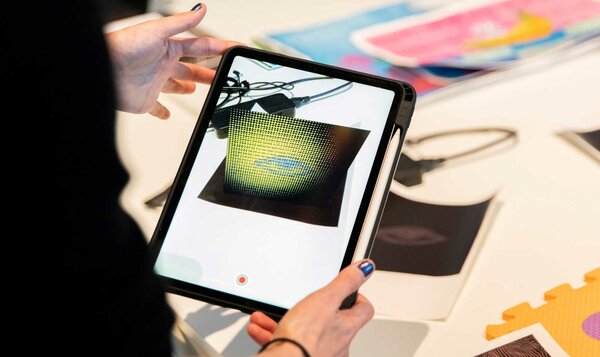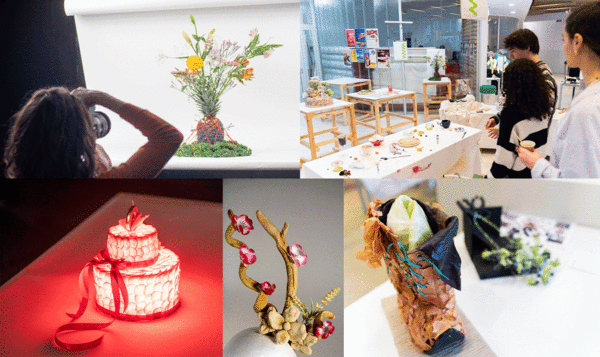Design Thinking emerges as a cornerstone of innovation in business by combining empathy, creativity and strategy to turn challenges into meaningful opportunities.
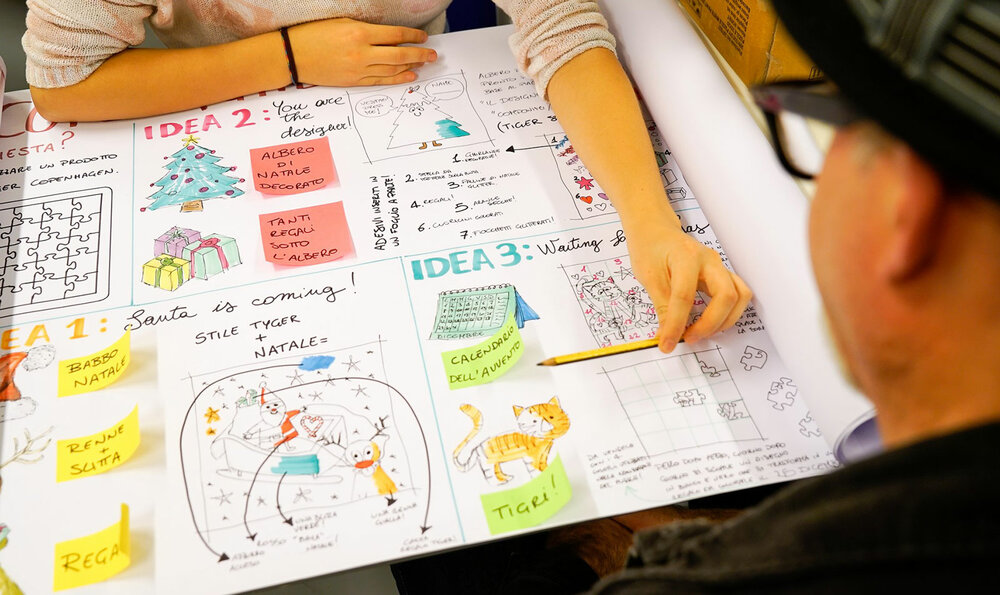
Design thinking: what it is and how it can revolutionise business
Date
02 February 2024
Design Thinking represents a groundbreaking methodology that aims to solve complex problems using a creative approach. It is a philosophy that transcends conventional design boundaries, embracing a creative process to achieve objectives through innovative solutions.
This method is rooted in principles of empathy, collaboration, and experimentation, providing organisations of all sizes and sectors the chance to unearth resourceful ideas that genuinely cater to users' needs.
Originally conceived in design labs, Design Thinking has now expanded its application across various contexts, proving its efficacy in fostering innovation and significantly improving the customer experience.
The Design Thinking process: the five stages
Design Thinking, as mentioned, is a journey through innovation and creativity, a structured path that aims to turn challenges into tangible opportunities. At the heart of this approach lies an iterative process comprising five distinct stages, each dedicated to a crucial aspect of problem-solving.
These stages facilitate a deep understanding of human needs, devising innovative solutions, rapid prototyping, and iterative testing. By going through these stages, teams can address complex problems with a new and more effective perspective. The sequence of these five stages, which are called Empathise, Define, Ideate, Prototype and Test, is not fixed but entirely flexible, allowing teams to revist previous stages whenever new information emerges or when solutions require further refinement.
This fosters a continuous cycle of learning and adaptation, making Design Thinking a powerful tool. Let’s explore each of these stages more closely to understand how they collectively revolutionise our approach to business and innovation.
1. Empathise
The empathy stage is the essence of Design Thinking. This is where designers and project teams immerse themselves in the users' environment to understand their experiences, emotions and unspoken needs. Through techniques such as in-depth interviews, field observation and “logbooks”, stakeholders gather valuable insights that serve as a foundation for subsequent stages.
2. Define
After amassing a diverse array of data, the next step is to synthesise them to define problem at hand clearly. This stage translates empathic insights into actionable insights, enabling teams to focus on addressing specific user needs. The problem definition becomes a clear guide for idea generation.
3. Ideate
With a clear understanding of the problem, we progress to the ideation stage: a brainstorming session free of constraints where quantity supersedes quality. This collaborative process fosters divergent thinking, allowing creative, out-of-the-box solutions to surface. The environment supports a non-judgemental atmosphere, essential for stimulating the free expression of ideas.
4. Prototype
The concepts and ideas selected during the ideation stage take physical or digital form in the prototyping stage. Creating tangible models of solutions enables teams to explore potential and identify areas for improvement, while minimising the risks and costs associated with developing final products.
5. Test
Finally, the prototypes are tested with real users. This not only provides valuable feedback to refine the product or service further but also opens up the possibility of discovering new user needs. The testing stage is crucial for validating the initial hypotheses and ensuring that the final solution genuinely meets users' needs.
Examples of Design Thinking: success stories in various sectors
Apple, Airbnb, and Netflix are just a few examples of companies that have successfully adopted Design Thinking, reshaping entire industries. Apple, for example, has revolutionised user interaction with technology, ushering in a new era of intuitive and aesthetically pleasing devices.
Airbnb, starting from a deep understanding of the needs of guests and hosts, has transformed the concept of hospitality, creating a platform that emphasises trust, community, and belonging.
Lastly, Netflix has transformed the way we consume entertainment, anticipating the need for on-demand access to films and TV series facilitated by personalised recommendation algorithms that enhance user experience.
How to apply Design Thinking in your organisation
Integrating Design Thinking into an organisation’s cutlure transcends theoretical learning; it implies a geniuine cultural transformation. Adopting this approach begins with educating teams on Design Thinking practices and fostering an environment that encourages experimentation and accepts failure as a valuable learning opportunity. These elements are indispensable, not only for stimulating innovation, but also for establishing a robust foundation to accommodate change.
An exemplification of the integration just mentioned can be observed in the field of interior design, where Design Thinking allows spaces to be reimagined in ways that significantly enhance the end-user experience. Companies and firms working in this sector are adopting Design Thinking to explore new frontiers in interior design, leveraging a deep understanding of human needs to create innovative and functional environments.
Challenges and criticisms of Design Thinking
Despite its success, Design Thinking presents challenges and criticisms. Resistance to change, resource constraints, and difficulty in clearly defining problems are common obstacles. However, with a proactive approach, a commitment to continuous training, and leadership that champions innovation, these challenges can be overcome. It is also important to acknowledge that Design Thinking is a tool, not a panacea. Its effectiveness hinges on the ability to adapt it to the specific context of an organisation.
The Future of Design Thinking: New Trends and Prospects
The future of Design Thinking looks promising, with emerging trends poised to broaden its scope further. Integration with agile and lean methodologies, the use of advanced technologies such as AI and VR, and a growing emphasis on responsible innovation and social impact signal a transformation in how we tackle future challenges. These developments underscore the importance of a holistic approach to innovation, one that considers not only commercial success but also community wellbeing and environmental sustainability.
IED actively promotes Design Thinking in both educational and professional spheres through the IED on Tour initiative, a series of travelling workshops that bring Design Thinking innovation to various Italian cities annualy. These events provide a unique opportunity to learn directly from experts and witness how Design Thinking can be applied in diverse professional contexts.
